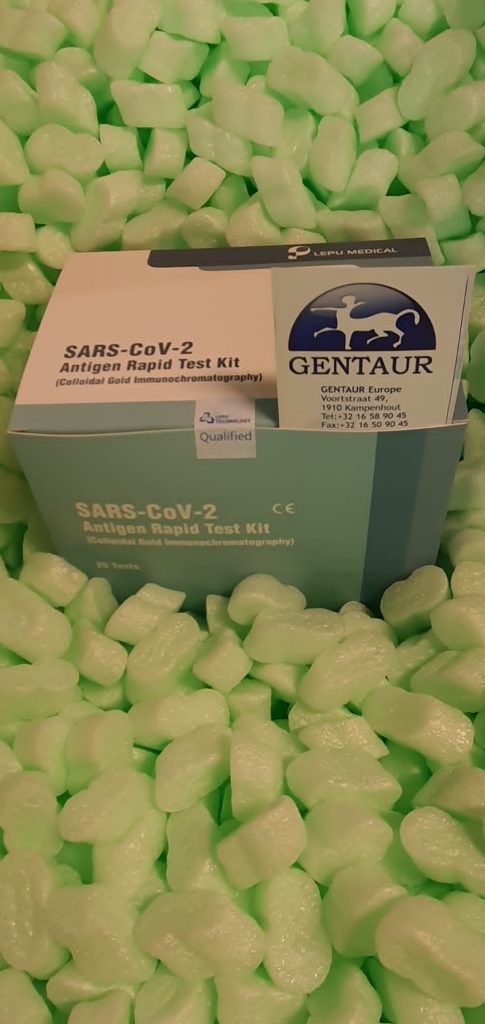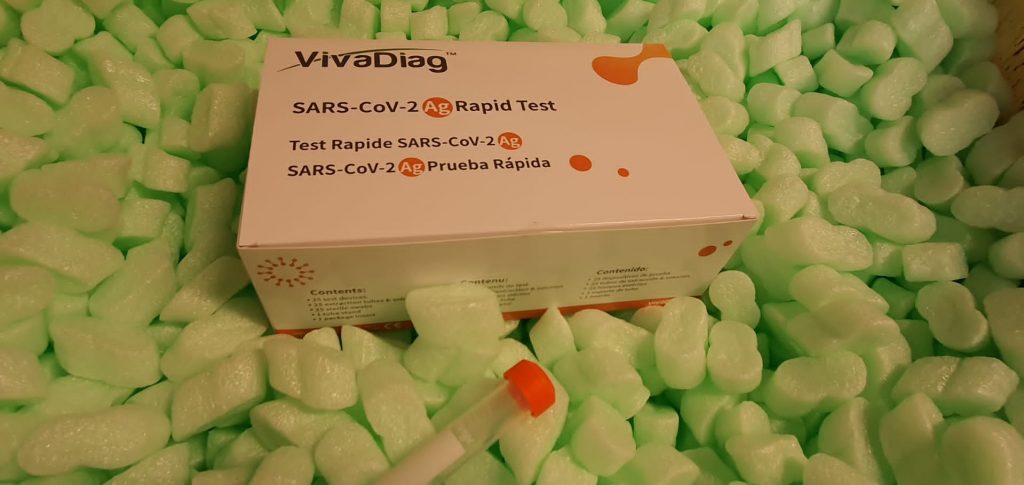Adaptive Thermogenesis Driving Catch-Up Fat Is Associated With Increased Muscle Type 3 and Decreased Hepatic Type 1 Iodothyronine Deiodinase Activities: A Functional and Proteomic Study
Studies in a well-established rat mannequin of semistarvation-refeeding have reported that catch-up fats associates with hyperinsulinemia, glucose redistribution from skeletal muscle to white adipose tissue and suppressed adaptive thermogenesis sustaining a excessive effectivity for fats deposition. The skeletal muscle of catch-up fats animals displays lowered insulin-stimulated glucose utilization, mitochondrial dysfunction, delayed in vivo contraction-relaxation kinetics, […]


